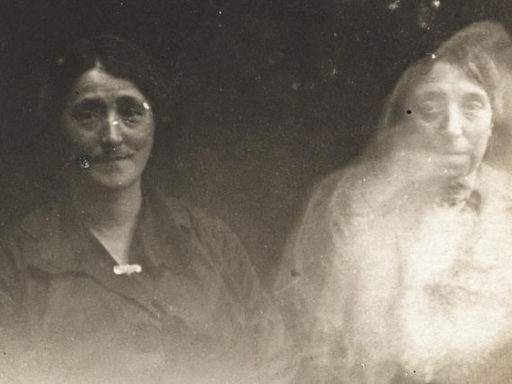
Iva Dobreva takes a look at some examples of the ‘spirit photographs’ taken by William Hope in the early 20th century, and explores what they can tell us about the practice and meaning of spiritualism.

Iva Dobreva takes a look at some examples of the ‘spirit photographs’ taken by William Hope in the early 20th century, and explores what they can tell us about the practice and meaning of spiritualism.
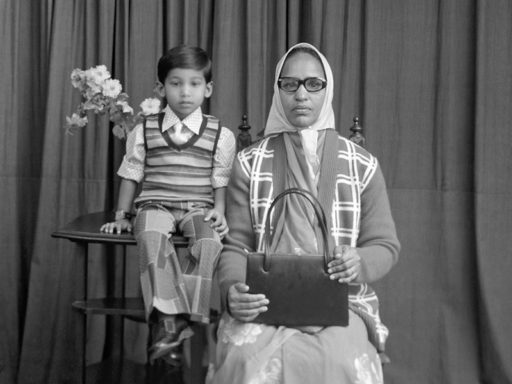
Bradford Museums and Galleries’ John Ashton worked with us to produce a new exhibition about the Belle Vue Studio—one of the best photography stories Bradford has to offer.
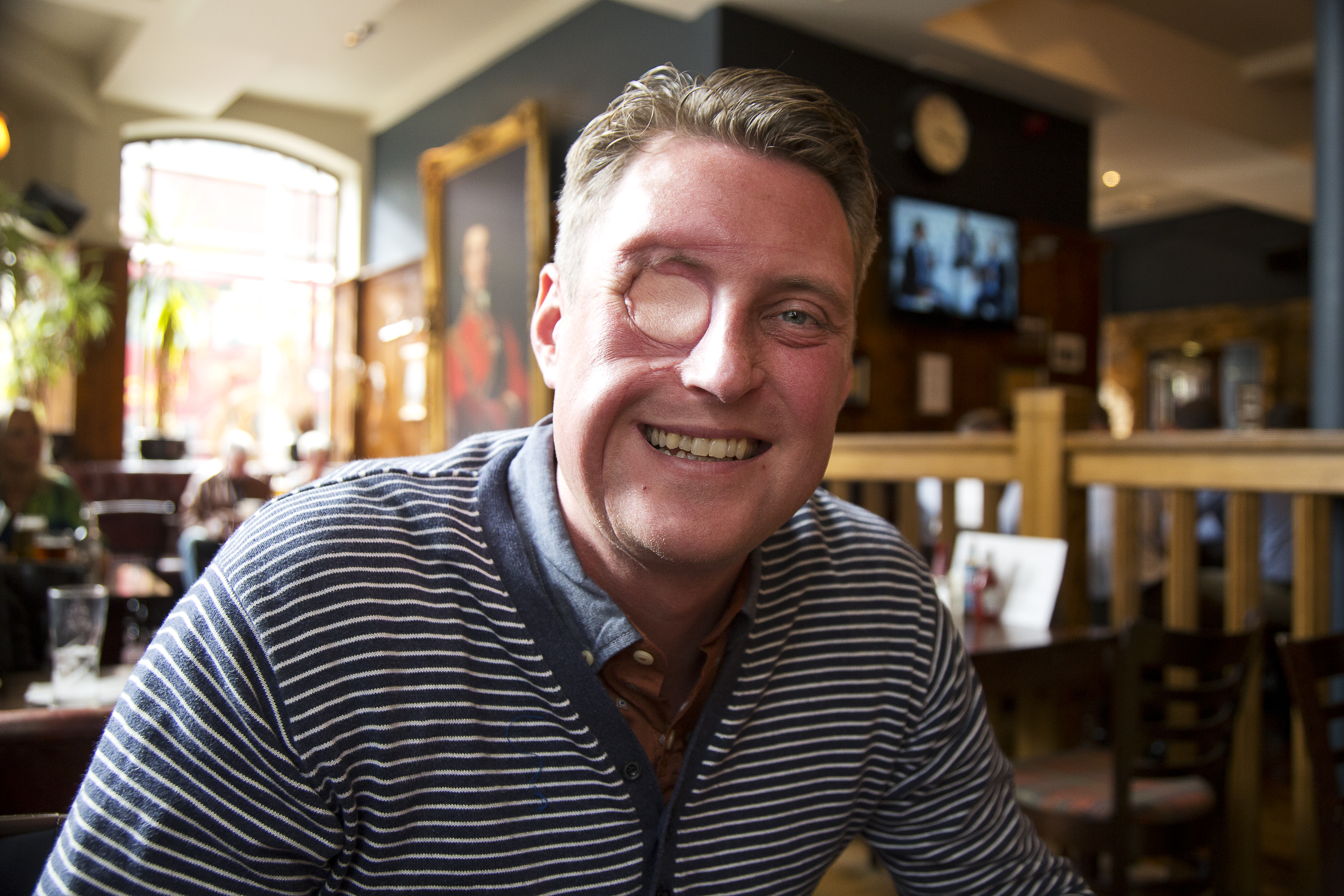
Dr Jane Frances, Policy Adviser in Education at Changing Faces, talks about how we look at faces and how different ways of seeing are represented in our In Your Face exhibition.
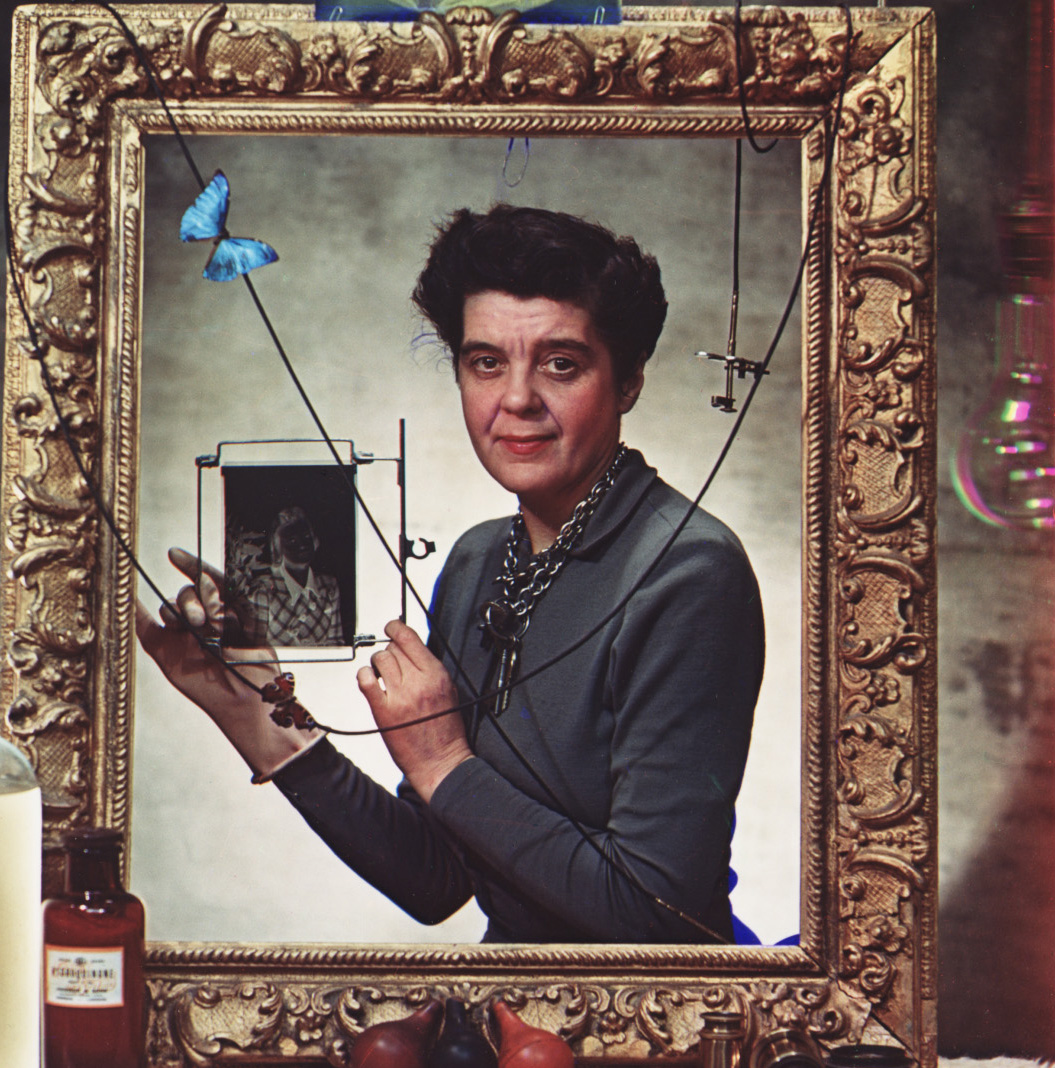
Our brand new family experience, In Your Face, opened on 23 July with an amazing celebration party.
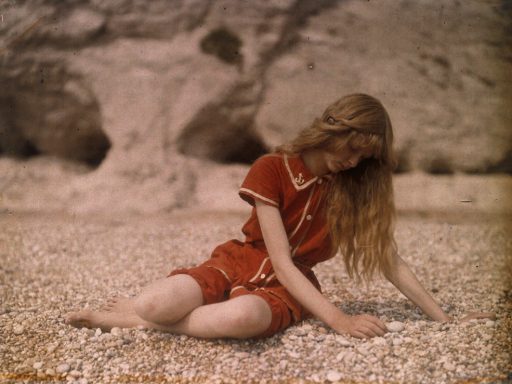
A century after being photographed, she caught the attention of social media and the world’s press—but only now do we know who Christina really was.
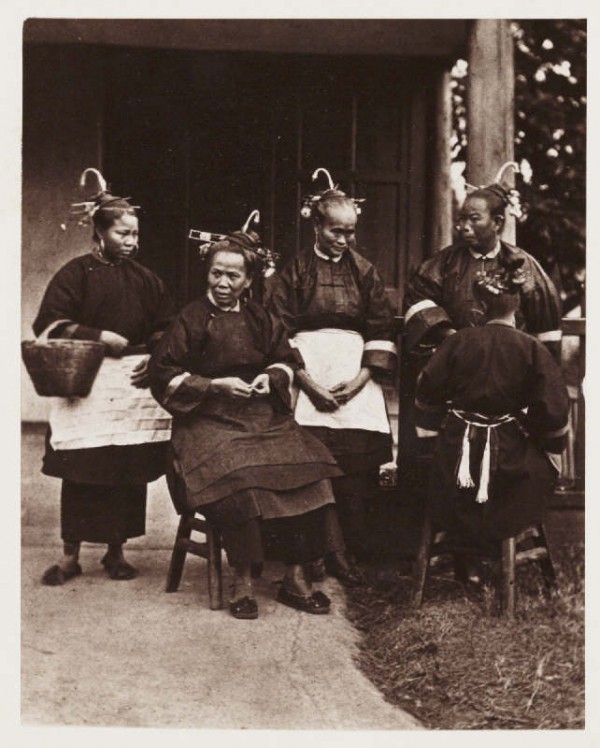
From x-rays to pagodas—Scottish photography isn’t (exclusively) tartan or covered in heather.
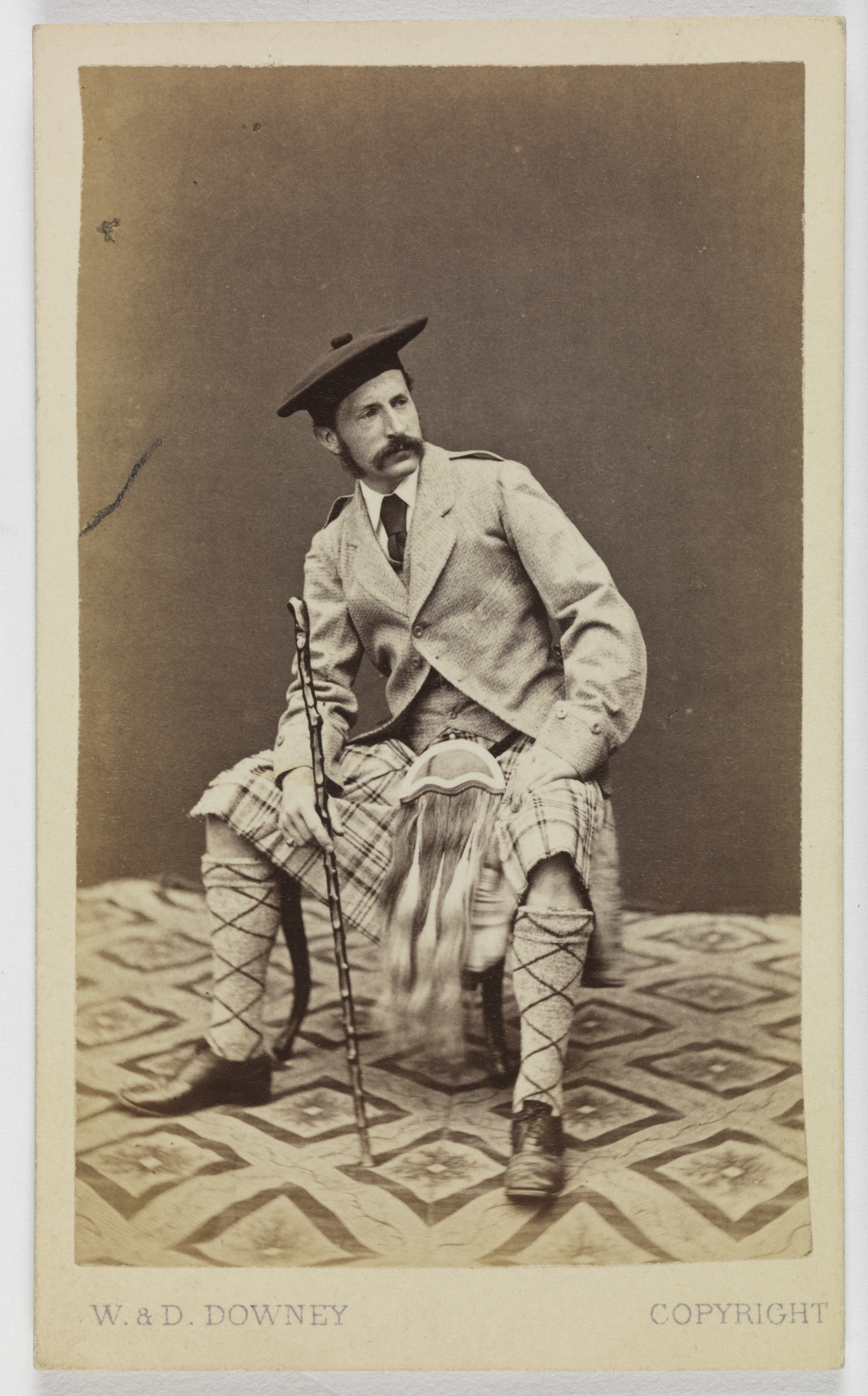
Surely Scottish photography would be photographs by Scots, of Scots, in Scotland, wouldn’t it? But of course nothing is ever straightforward, so why should Scottish photography be any different?
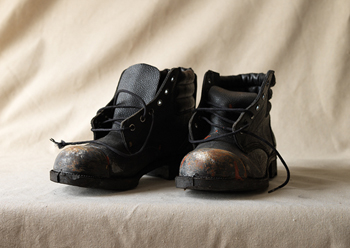
Backdrops and drapery have been used for as long as photographers have been taking photographs, but one of the strangest uses was by Lewis Carroll in 1865.
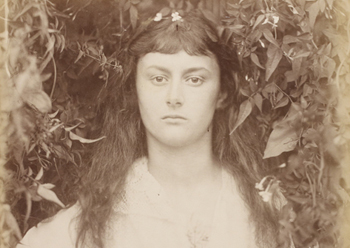
We’ll be making hundreds of images from the world’s largest public collection of Cameron portraits available online as part of a year-long digitisation project.
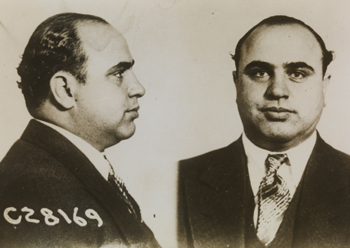
The use of photography to keep a record of criminals began in the 1840s when police forces commissioned portraits of offenders for so-called Rogues’ Galleries.
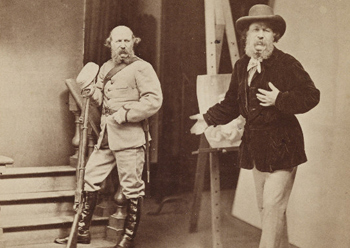
This year is the bicentenary of the birth of Rejlander, the flamboyant and mysterious photographer who pioneered the painstaking technique of combination printing.
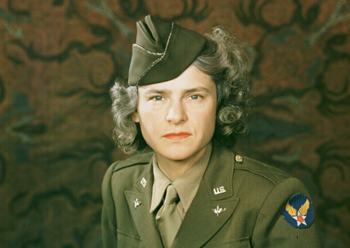
Our collection includes these beautiful Kodachrome portraits of women in the armed forces, photographed during the Second World War.